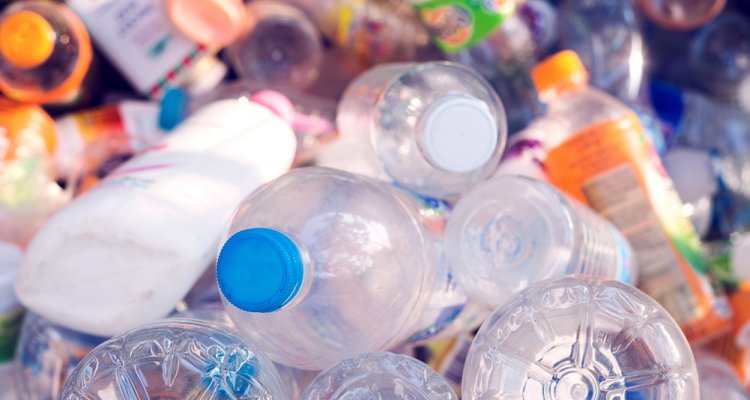
Project
Vervolg dunwandig spuitgieten (CBPM)
Thin-walled plastic packaging products are important for the logistics and preservation of our daily-used food products. The combination of lightweight and superior barrier properties make them a crucial link in CO2 reduction activities and prevention of food waste. Currently petroleum based polypropylene (PP) is one of the few feasible options to produce thin-wall packaging but this is not a fully circular solution since it cannot be recycled into food safe packaging. The introduction of a bio-based compostable plastic alternative with the same or superior performance than PP will have a huge impact on the carbon footprint and circularity of these products. In this respect, poly(lactic acid)(PLA) is the material with the highest potential due to a combination of transparency and outstanding mechanical performance together with its commercial availability and accessible price.
However, it is known that PLA cannot be used in the current state-of-the-art, to produce thin-walled packaging products. In a recently finished TKI project (AF16007), various components were tested to increase the flow of PLA in injection moulded products. The results of the project exceeded the expectations and delivered a PLA compound with similar flow properties than conventional PP without compromising the mechanical performance and transparency of the products. Since this packaging has direct contact with our food, it is of crucial importance that there is no migration of (potentially harmful) components from the packaging into the food product. The level of migration achieved in the project was minimal and therefore the products are suitable for food-contact applications. The industrial feasibility of these compounds still has to be demonstrated, that will be done within this project.
Although accepted by food-industry standards, the use of the best performing additives can result in minimal levels of migration and depending on the additive, the biobased content is reduced. Therefore, there is a concept to use an all-PLA solution for thin-walled food packaging. This will be done by adjusting the molecular architecture of PLA instead of adding low molecular weight additives. The value of this concept will be explored in this project. The project aims to contribute to the key technology advanced materials that is part of the mission (D) Valued, healthy and safe food as defined by the TKI.